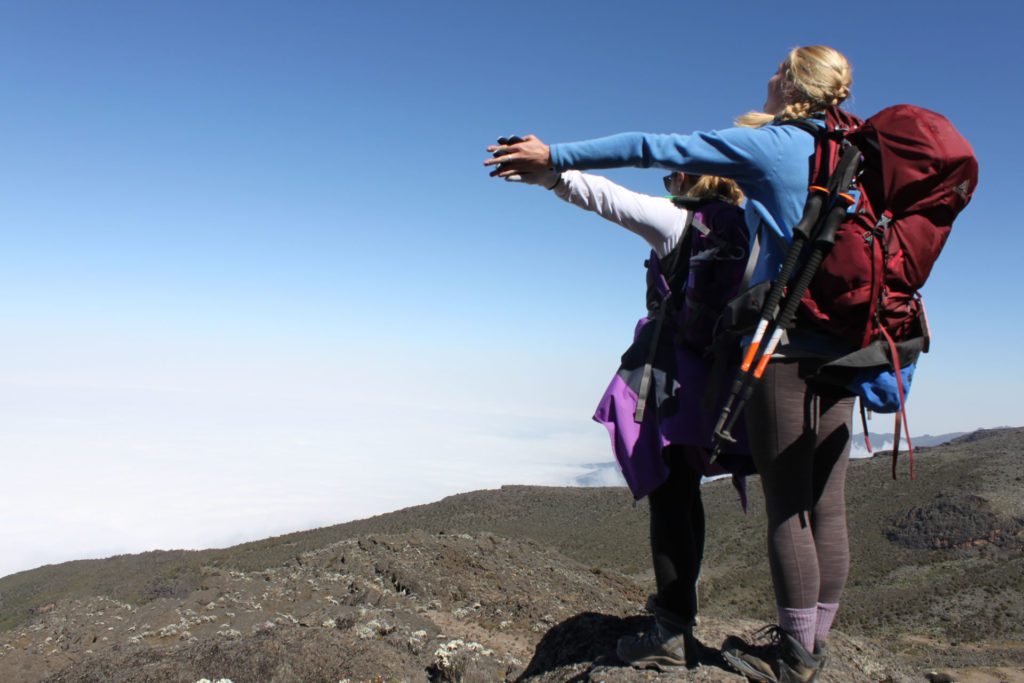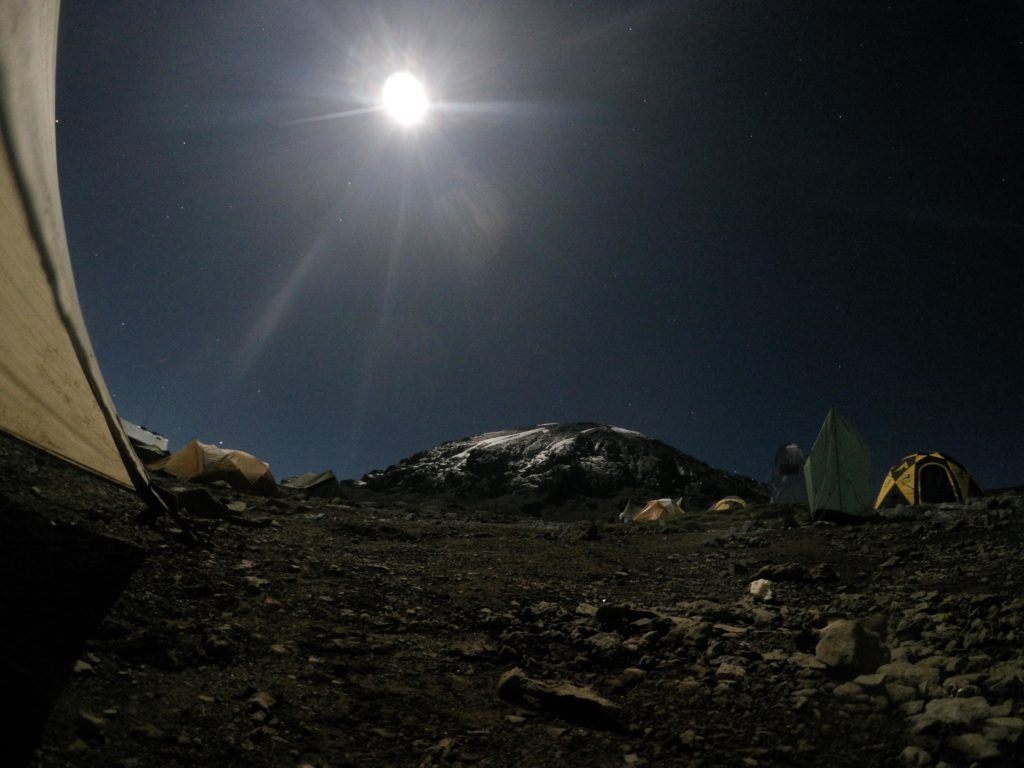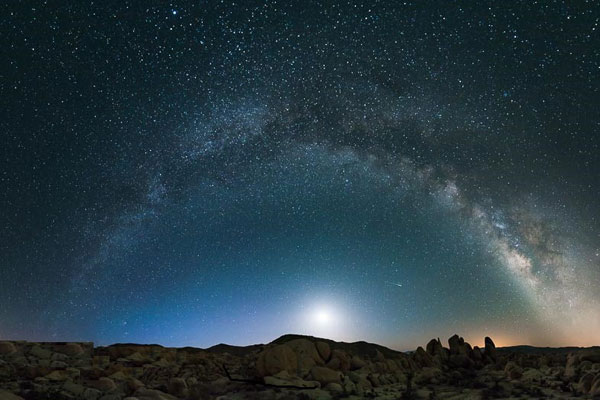Login
Need Help? Chat with us
Start a Conversation
Hi! Click one of our member below to chat on WhatsApp
The team typically replies in a few minutes.


How many days to climb Kilimanjaro? However due to Mount Kilimanjaro’s proximity to the equator, this region doesn’t experience the extremes of winter and summer weather, but rather dry and wet seasons. Therefore, the simplest time to climb tends to be the warmest and driest months (see Mountain weather).
The first issue is safety, because the risks related to climbing increase significantly when the weather is foul. Afterward the consequences of rain, mud, snow, ice, and cold are often very strenuous on the body.
Correspondingly, your chances of a successful summit also increase significantly with nice climatic condition and of course, the mountain gets more pedestrian traffic during these periods also.
Month | Temperature | Precipitation | Cloudiness | Crowds |
| January | Warm | Medium | Low | High |
| February | Warm | Medium | Low | High |
| March | Moderate | High | Medium | Low |
| April | Moderate | High | High | Low |
| May | Moderate | High | High | Low |
| June | Cold | Medium | Medium | Medium |
| July | Cold | Medium | Low | High |
| August | Cold | Low | Low | High |
| September | Moderate | Low | Low | High |
| October | Moderate | Low | Medium | Medium |
| November | Moderate | High | Medium | Low |
| December | Moderate | Medium | Medium | Medium |
Recommended |
Good |
OK |
Not Recommended |
However it is possible to climb Mount Kilimanjaro every year-round, however, it’s best to climb when there’s a lower possibility of rainfall. And the dry seasons there in Mountain are from the start of December through the start of March, then from late June through the top of October.
These are considered to be the simplest times to climb in terms of weather, and correspondingly are the busiest months (high season). But also our group climbs are scheduled to correspond with the season. So How many days to climb Kilimanjaro?
From January through mid-March are the warmest months, with clear skies within the mornings and evenings. During the day, clouds may appear along side brief showers. The long season spans from the top of March to early June.
We don’t recommend climbing during this point unless you’re an experienced backpacker who has trekked in similar conditions. It is often very wet, and visibility could also be low thanks to heavy clouds. The crowds are gone, however.
From mid-June to the top of October, the mountain is usually a touch colder, but also drier. The short season spans from the start of November to the start of December. Afternoon rains are common, but skies are clear within the mornings and evenings.
Note that: The rains are unpredictable and should come early or extend beyond their typical time frames. it’s possible to experience mostly dry weather during the season , even as it’s possible to possess heavy rain during the season .


When the height of the mountain and luxurious glaciers are lit up by the complete moon, the view is completely stunning. For this reason alone, some climbers schedule their trek to coincide with this celestial event, occurring once a month.
However, a practical reason for climbing at these times is that a bright moon along side a transparent sky will improve your visibility throughout your climb, and most significantly , during the summit attempt.
Month | 2020 | 2021 | 2022 | 2023 |
| January | 10 | 28 | 18 | 7 |
| February | 9 | 27 | 16 | 5 |
| March | 9 | 28 | 18 | 7 |
| April | 8 | 27 | 16 | 6 |
| May | 7 | 26 | 16 | 5 |
| June | 5 | 24 | 14 | 4 |
| July | 5 | 24 | 13 | 3 |
| August | 3 | 22 | 12 | 1, 31 |
| September | 2 | 21 | 10 | 29 |
| October | 2, 31 | 20 | 9 | 28 |
| November | 30 | 19 | 8 | 27 |
| December | 30 | 19 | 8 | 27 |
How many days to climb Kilimanjaro? To summit during a full-of-the-moon , a 7-day climb should start 5 days before the complete moon date.
It’s not necessary to submit on the precise full-of-the-moon date to require advantage of moonlight.
we provide several groups climbs with full-of-the-moon summits monthly during the season .
These dates tend to be the primary to book completely full well beforehand .
For those that favor a less crowded climb, avoid the complete moon completely as these dates attract many climbers.
Another method of dodging crowds is to settle on an “off” day of departure. Most climbers will begin their climbs on Saturday, Sunday, or Monday, with routes lasting 6 to 7 days.
We’ve many purchasers who climb with or without the complete moon, and clients are equally satisfied with either itinerary.
What makes Kilimanjaro unique is that despite its close proximity to the equator, it’s crowned with ice. The glaciers have existed here for quite 11,000 years. They wont to be quite 300 feet (100 m) deep and extended 6,500 feet (2,000 m) from the mountain top.
However, thanks to heating and long-term climatic cycles, the ice has been vaporizing at an alarming rate. Some scientists estimate that Mount Kilimanjaro’s ice cap are going to be completely gone 2050.
So if you’re contemplating the climb, do yourself a favor and roll in the hay sooner instead of later. The glaciers are something you are doing not want to miss.
With spirit of Kilimanjaro, you get top-quality service without the inflated cost. Our goal is to work with you to form the right itinerary that supported your needs, abilities, and desires. we’ll assist you to plan every aspect of your climb, providing everything you’d like for a successful summit and enjoyable experience. Won’t you join us on the roof of Africa?
* Join the newsletter to receive our best monthly deals
Please fill in all fields – an email will be sent with complete journey details.